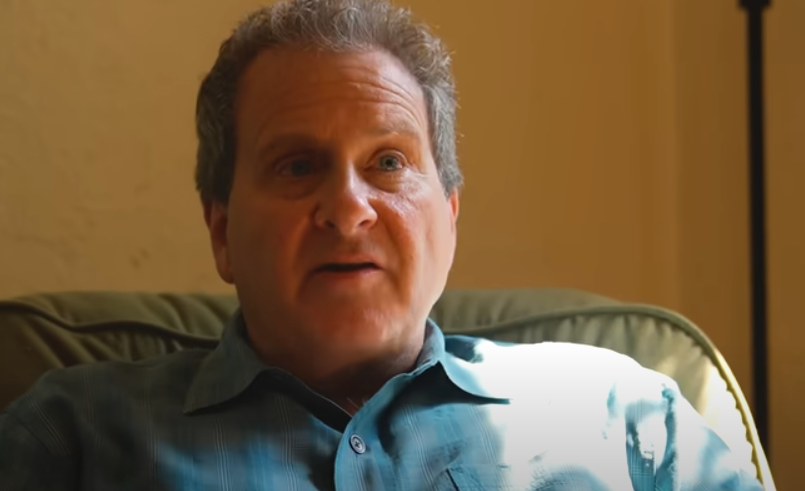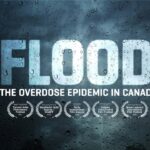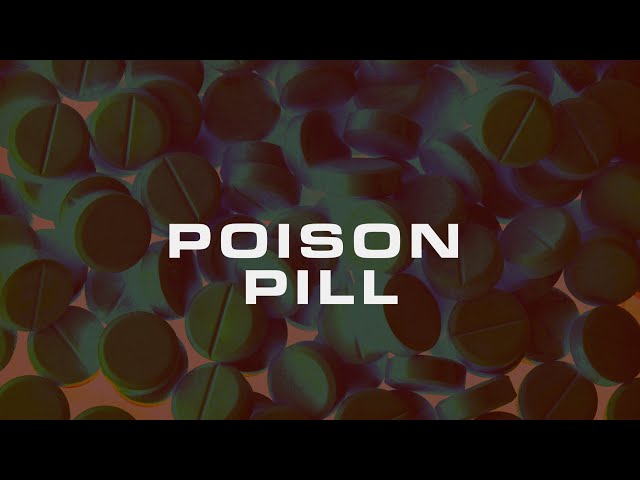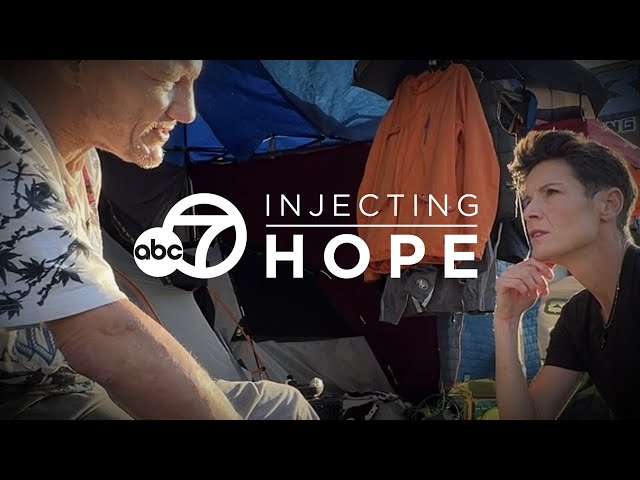Introduction
Harm Reduction, Homelessness, Medication-Assisted Treatment, Methadone, Opioid Crisis, Personal Stories, Poverty, Public Health, Recovery, Sublocade, Suboxone, USA, Vivitrol
In this story, we’ll peel back the layers, speaking to people from Harvard doctors to people selling crack, and from the addicts fighting for survival to those who have escaped their addiction and now work to help others. Furthermore, we aim to uncover the deeper question of how methadone mile came to be. As we unravel this mystery, we’ll reveal how a single failed infrastructure project may be a key factor behind the hundreds now living in the streets of Boston. This episode is sponsored by Better Help. [Quote from video]
Watch Now!
After watching the following video, you are welcome to share your experience by providing a review of the resource.
Quotes
“The recovery process off of opiates is awful. First of all, you’re physically addicted and it’s miserable to come off the opiates. When you get addicted, your emotional connection, unfortunately, becomes with the drug itself and you tune out other people. So the minute you take the drug away you’re very lonely and you’re just kind of stuck in this awful place. And third of all, you’re dealing with all the chaos that you’ve created in your life.”
“I’ve been selling drugs since I was like 12. I learned how to chef when I was like 16. There’s always a bunch of risks but that’s what comes with it. You got to take risks to get rich – that’s my motto.”
“It honestly saved my life. I’ve been on drugs on and off for 10 years. I tried Suboxone, Sublocade, Vivitrol, all the shots. I’ve noticed Methadone is the one that really helped me the most.”

“Addiction has to do, a lot of times, with untreated trauma or untreated anxiety and depression in your life. These people need mental health care. I don’t know how these people manage to do it if they’re living on the streets – no health insurance, no job, no supportive community. We’ve really got to meet them where they are … getting them on medical therapy is the first step and making sure they’re not going to overdose.”
PETER GRINSPOON, MD
“I had a bad vision of harm reduction before but I think now the scope is we’d rather have the person alive on harm reduction than pass away. My only thing with harm reduction is most people get on it but they struggle to get off.”
“It feels almost like we’re watching the decay of America in slow motion. I mean, we’re this rich, prosperous country but we have these cities with all these addicts out in the street. We have abandoned buildings with wooden boards over the windows. It’s almost embarrassing because when most countries think of America, they don’t think of this.”
Continue Learning
Please view the following additional resources to continue learning about some of the topics discussed in this resource. If you have any suggestions, concerns or general comments, feel free to contact me as well!





